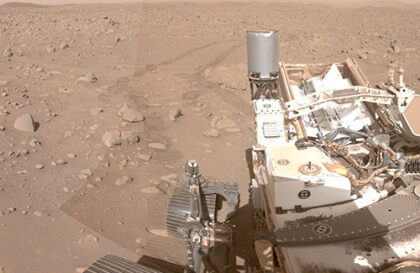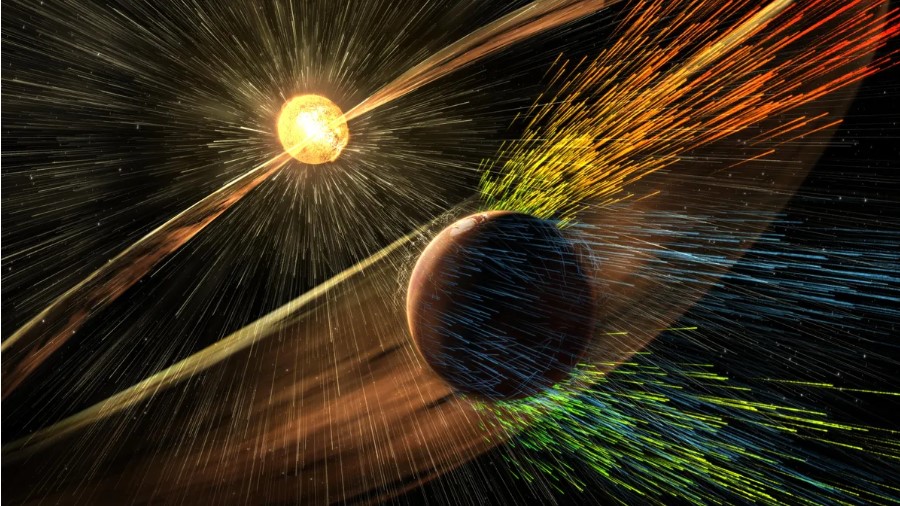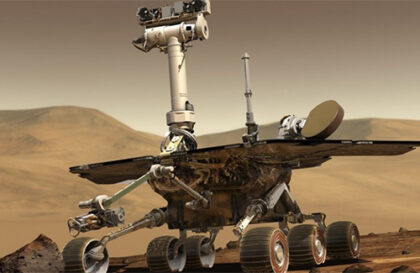If the Sun is the size of a watermelon, Mars would be about the size of a small grape or a large blueberry. This size comparison illustrates the huge size difference between the Sun and the planets in our solar system.
The crust of Mars is in one piece. Unlike Earth, the red planet has no tectonic plates that move across the mantle and change the topography. Because the crust hardly moves at all, molten rock flowed to the surface at the same point for successive eruptions, forming the huge volcanoes that dot the Martian surface, which covers an area of 144,400,000 km². That’s almost the same as
Earth’s land area is 149,939,063, km².
The circumference of Mars around the equator is about 13,300 miles (21,343 kilometers), equal to the distance between the cities of Moscow, Russia, and Sydney, Australia.
Mars has a mass of 6.42 x 10 23 kg, which is about 10 times less than the mass of Earth. This affects the force of gravity. Gravity on Mars is 38% of Earth’s, so a person weighing 100 pounds on Earth would weigh 38 pounds on Mars.
Image credit:
https://www.space.com






